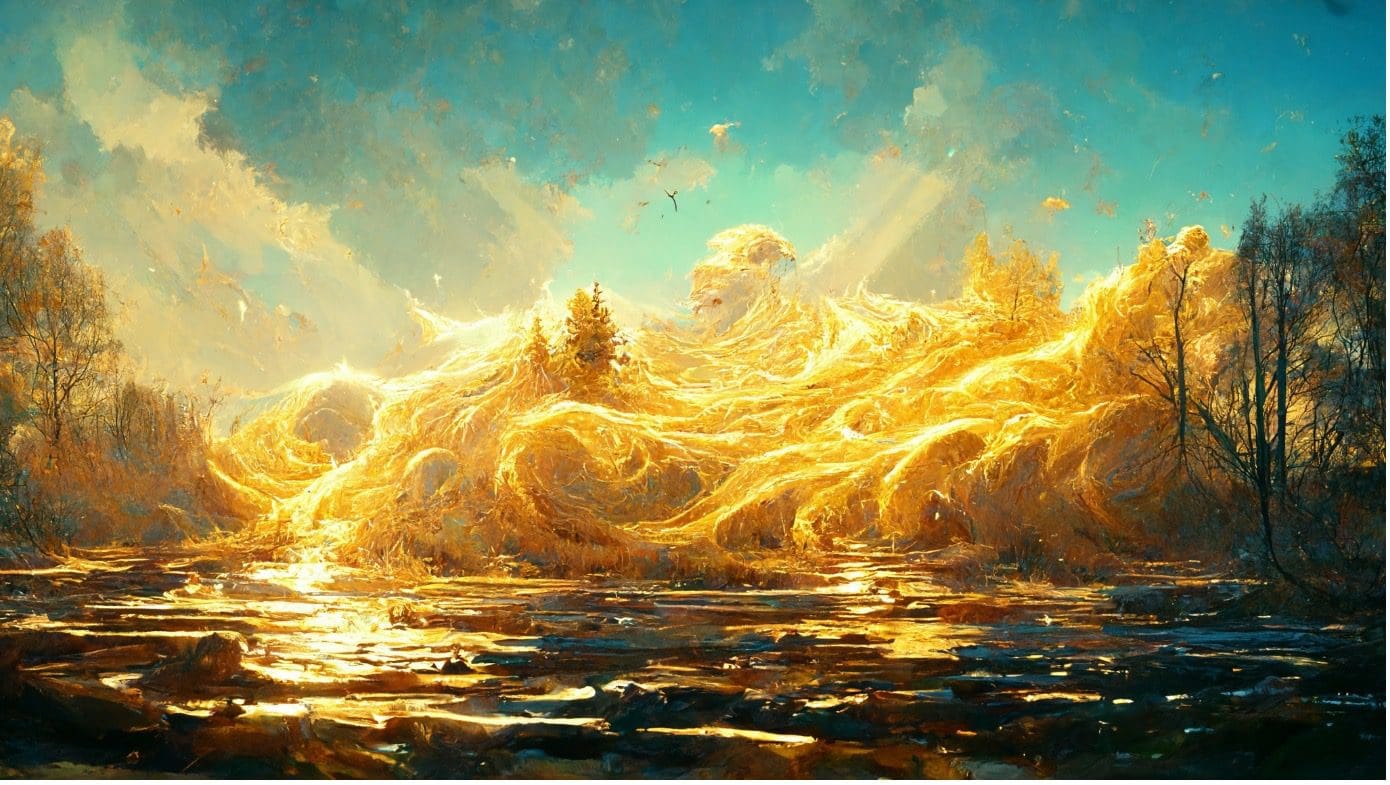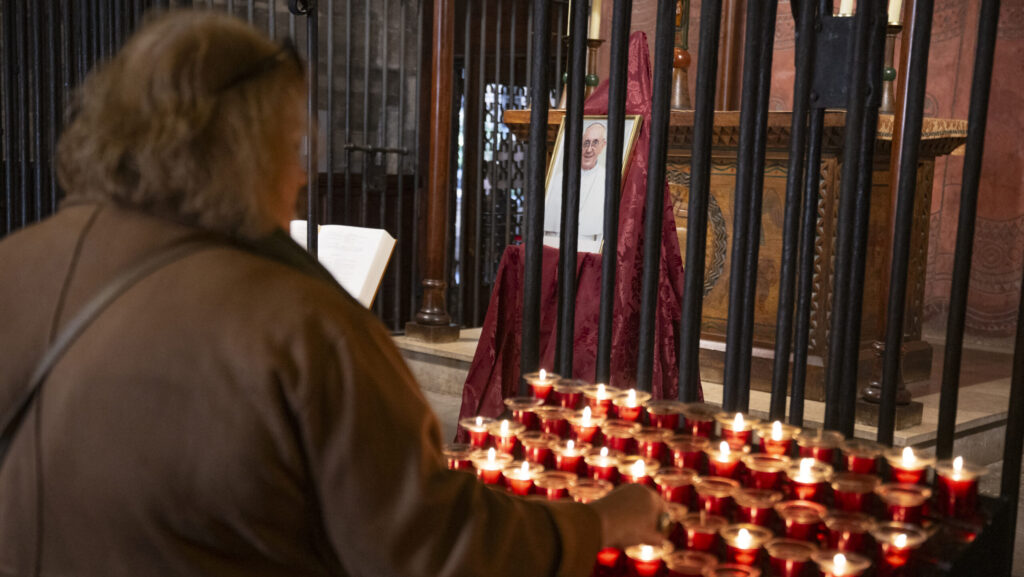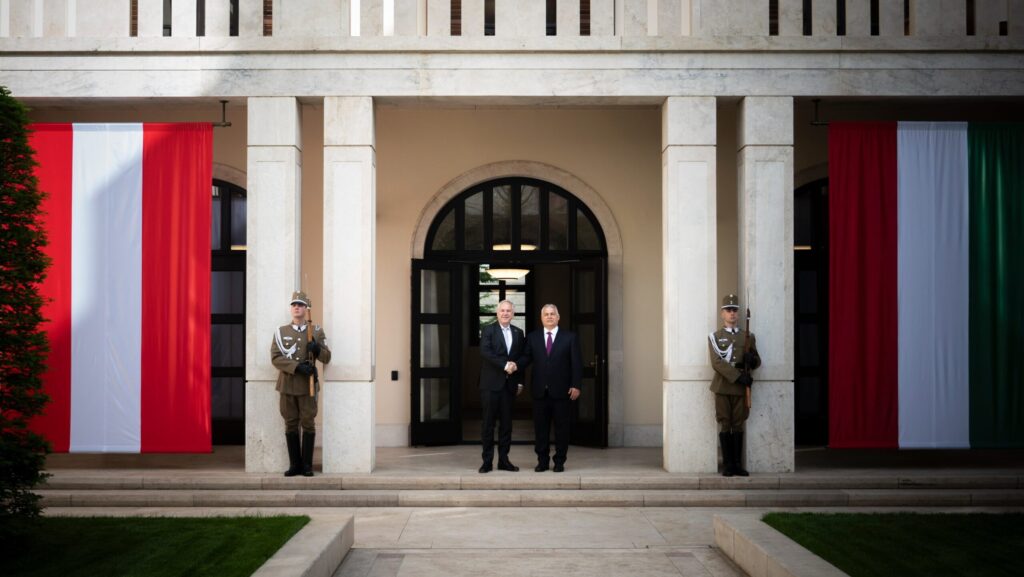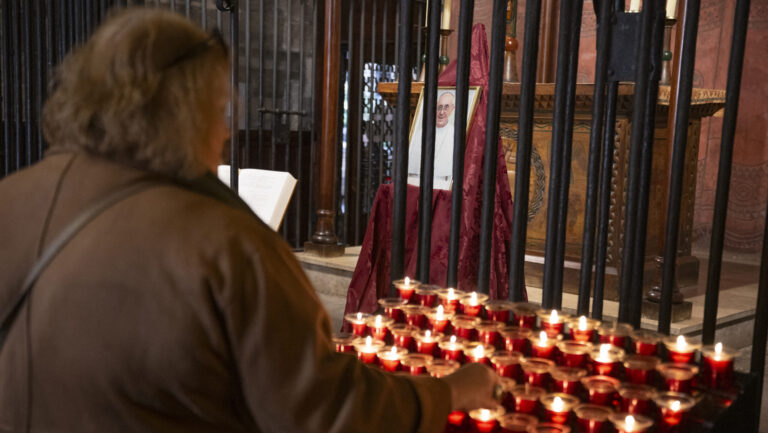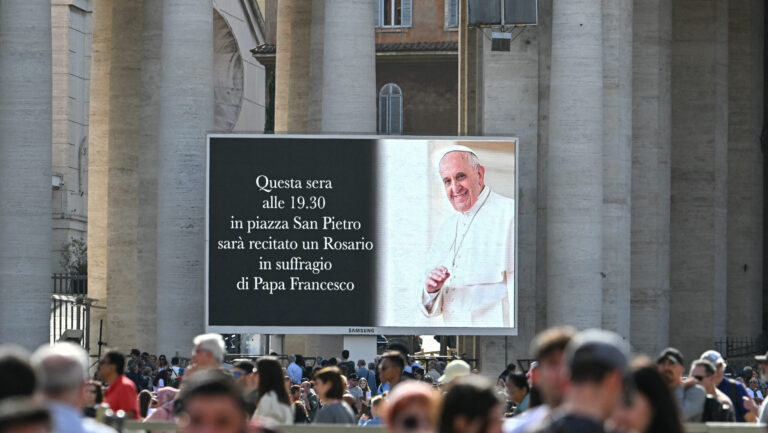There are few areas where the AI revolution has already born fruit. It seems that art—or at least visual art—is one of them. This year’s annual fine arts competition at the Colorado State Fair produced curious and, for some, infuriating results. The first prize in the digital art category was won by a piece that was not meticulously painted from scratch using conventional drawing programmes as in every previous year, but by an AI-generated work, titled ‘Théâtre D’opéra Spatial’. Although there is a growing online backlash against the artist, Jason M. Allen, with many people accusing him of cheating, he insists that he didn’t break any rules, and will therefore not apologize for submitting his art to the unsuspecting jury.
Only one’s imagination and ability to play with words are the limit
To be fair, the creation of stunning visual art with the use of artificial intelligence is not an entirely new phenomenon, but in 2022 this new genre seems to have gained more ground than ever before. With new advanced tools freely available to everyone—most notably DALL-E 2 and Midjourney—amateurs can now join the art community with relative ease. Users need only to type in a prompt and the software turns it into high-definition, quality images. Only one’s imagination and ability to play with words are the limit.
But of course, it is not like Allen spent a measly five minutes on his award-winning piece. Some of the new AI-artists call themselves ‘AI-whisperers’, signalling that finding the right prompt and guiding the software into the direction we’d like it to go takes talent, practice and a lot of time. As Allen described his creative process on a Discord server after announcing his breakthrough victory, the process took a lot of perseverance and craftmanship on his end as well. ‘I have been exploring a special prompt [on Midjourney] that I will be publishing at a later date, I have created 100s of images using it, and after many weeks of fine tuning and curating my gems, I chose my top 3 and had them printed on canvas after upscaling with Gigapixel A.I. I entered into the Colorado State Fair fine arts competition (digital arts category). I won first place.’
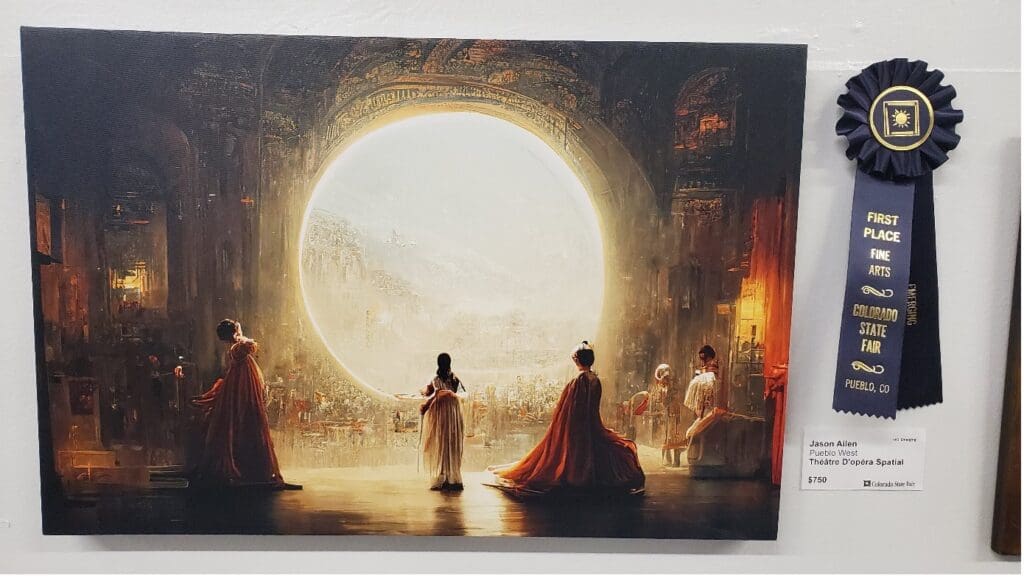
According to the organisers, Allen’s piece didn’t break any of the rules of the contest. The digital arts category allowed any ‘artistic practice that uses digital technology as part of the creative or presentation process.’ However, even though upon submitting his images, Allen disclosed that they were created with the use of Midjourney, none of the members of the jury knew that it was an AI software and not a conventional drawing tool. Nonetheless, even after learning the true origins of the winning artwork, the jury told the organisers that they would have picked it regardless.
Worrying Future Implications
But what does this rapid development in the field of artificial intelligence mean for the future of traditional art? Back when photography was invented, many deemed the new technology the enemy of traditional painting, fearing that it will put painters out of commission. Yet, both painting and photography progressed into becoming their own separate artistic fields without doing too much harm to each other.
The concerns seem similarly overhyped today, but this time the worried artists may just be right. In fact, artificial intelligence is basically incomparable to any technology that came before. What makes the new AI tools, such as DALL-E 2, different, is that they’re not only capable of producing stunning pictures in a matter of seconds if given the right prompt, but they are built and being trained on powerful algorithms—looking through millions of pictures on the web every day, including those made by real artists who now unwittingly train their biggest competitor every time they upload new artwork. Humans simply can’t keep up with artificial intelligence’s speed and processing power, which could mean the end of a whole industry.
It is inevitable that at some point in the near future many companies will opt to have their artworks made by AI instead of humans. The essence of free market capitalism wouldn’t have it otherwise. AI-generated art is a lot cheaper and a lot faster than commissioning somebody to create one painting over the course of months. If we can have hundreds, if not thousands of images to pick from in a matter of weeks, while paying only one ‘AI-whisperer’ to write prompts all day on several computers, you can bet we’ll do it. And at that point, it will be only a matter of time before other genres are taken over by AI as well. Sculptures made independently by artificial intelligence with the use of 3D printers, for instance, or AI-composed magnificent concertos for orchestra could be just years ahead.
‘Art is dead… It’s over. AI won. Humans lost’
Jason M. Allen, the man who started this avalanche with his award-winning piece, said that the anger within the artistic community should not be directed at individuals, but at companies who will use this technology to cut back on the budget. ‘The ethics isn’t in the technology. It’s in the people,’ he told journalists, then added: ‘This isn’t going to stop. Art is dead… It’s over. AI won. Humans lost.’
There’s one silver lining, if I may say so: maybe this technological revolution will make us rediscover the true man-made beauty which has been hidden in fine arts museums all over the world. This development could stoke people’s fascination with art again, and make us value and preserve it even more than before. When ninety per cent of the imagery around us will be artificially generated, even a single stroke of brush made by a real human will perhaps be much more appreciated. Art is dead and we have killed it. That’s true. But with the right mindset, we can help it rise like a phoenix from the ashes.

